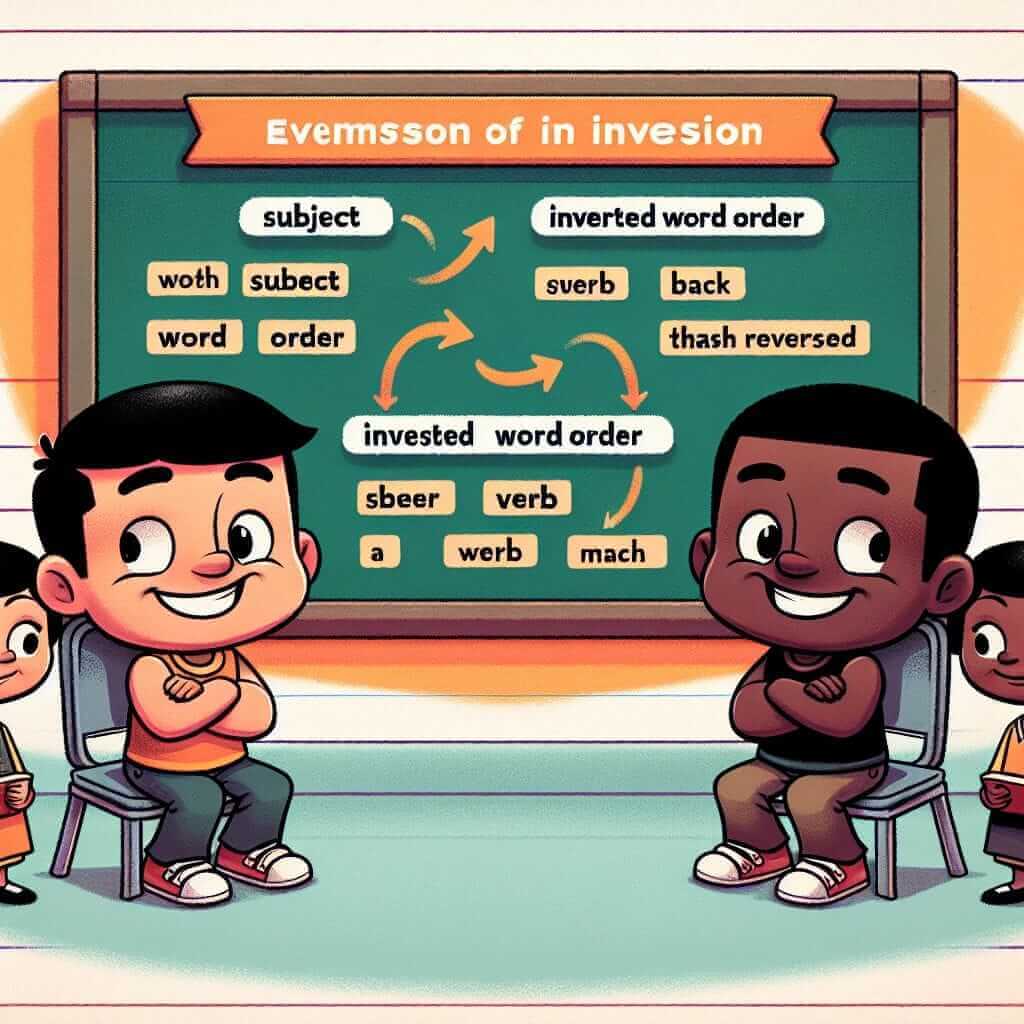The phrase “not until then did I understand” might sound a little formal and even dramatic, but it can be a powerful tool in your IELTS Writing to demonstrate a sophisticated understanding of English grammar and add emphasis to your ideas. Let’s explore how and why this structure is used effectively, especially if you’re aiming for those higher band scores.
Here are a few examples of how you might use this structure in different parts of the IELTS exam:
Speaking Part 2:
- “Describe a time you realized something important.”
“I had been struggling with the language barrier, feeling isolated in my new environment. Not until then, when a kind stranger stopped to help me, did I understand the true meaning of cultural exchange.”
Writing Task 1 (describing a process):
- “The diagram shows the process of recycling plastic bottles.”
“The bottles are first collected and sorted. They are then cleaned and shredded into small pieces. Not until this stage are the plastic flakes ready to be melted and molded into new products.”
Writing Task 2:
- “Some people believe that technology has made our lives easier, while others disagree. Discuss both views and give your own opinion.”
“While it’s true that technology has brought undeniable convenience, not until we consider its potential drawbacks can we truly assess its overall impact on our lives.”
In each of these examples, the phrase “not until then did I understand” or a variation of it is used to highlight a turning point or a significant realization. This structure adds a layer of complexity and maturity to your language, which can impress the examiner.
Understanding the Structure: Inversion for Emphasis
The phrase “not until then did I understand” uses a grammatical structure called inversion. Inversion occurs when we reverse the usual order of subject and auxiliary verb in a sentence. This is typically done for emphasis or stylistic effect.
Standard word order: I did not understand until then.
Inversion for emphasis: Not until then did I understand.
How to Formulate the Structure
Here’s the formula for using this type of inversion:
“Not until” + Time Expression + Auxiliary Verb + Subject + Main Verb
Example:
- Not until (Time Expression: I saw the devastation) did (Auxiliary Verb) I (Subject) understand (Main Verb) the true impact of the disaster.

Using “Not Until Then Did I Understand” in IELTS
1. Expressing a Delayed Realization
This structure is highly effective when you want to describe a situation where you only understood something after a specific event or period of time.
Example:
- Not until I started my first job did I realize the importance of time management.
2. Highlighting a Turning Point
In narrative-based tasks (IELTS Speaking Part 2, or even certain Writing Task 2 prompts), this structure can dramatically emphasize a moment of change or realization.
Example:
- For years, I had been afraid to speak publicly. Not until I volunteered to give a presentation at university did I break free from my fear.
3. Creating Contrast and Concession
You can use this structure to acknowledge an opposing viewpoint or a previous belief that changed.
Example:
- Some argue that space exploration is a waste of resources. Not until we consider the potential scientific breakthroughs and technological advancements can we dismiss the value of such endeavors.
Common Mistakes to Avoid
- Incorrect Verb Tense: Make sure the verb tenses in your sentence agree.
- Incorrect: Not until I saw the accident did I understood the importance of safe driving.
- Correct: Not until I saw the accident did I understand the importance of safe driving.
- Word Order: Remember to invert the subject and auxiliary verb after the “not until” phrase.
- Incorrect: Not until I finished the book I understood the ending.
- Correct: Not until I finished the book did I understand the ending.
Conclusion
Mastering grammatical structures like “not until then did I understand” can significantly enhance your IELTS writing and speaking scores. By understanding the rules of inversion and practicing its use, you can add sophistication, emphasis, and a touch of dramatic flair to your language. Remember to review the examples, practice creating your sentences, and focus on using this structure naturally and accurately in your IELTS responses.